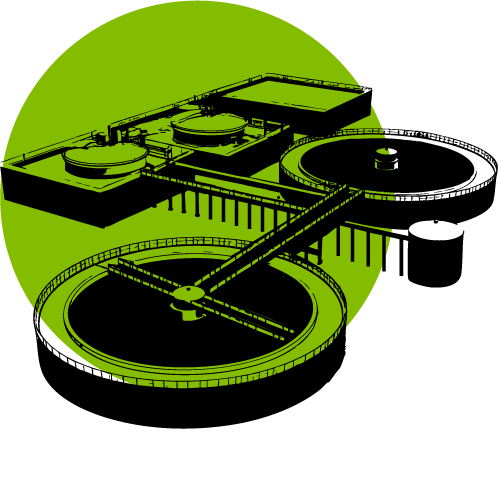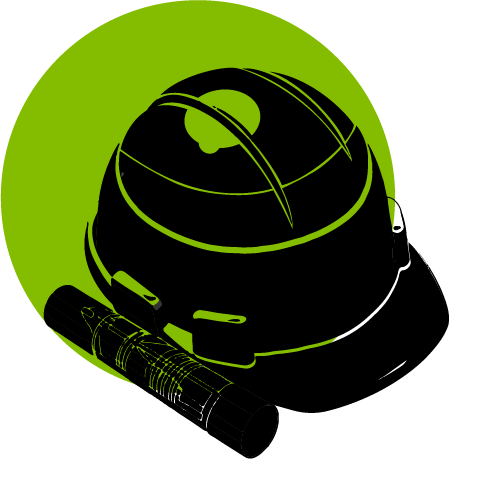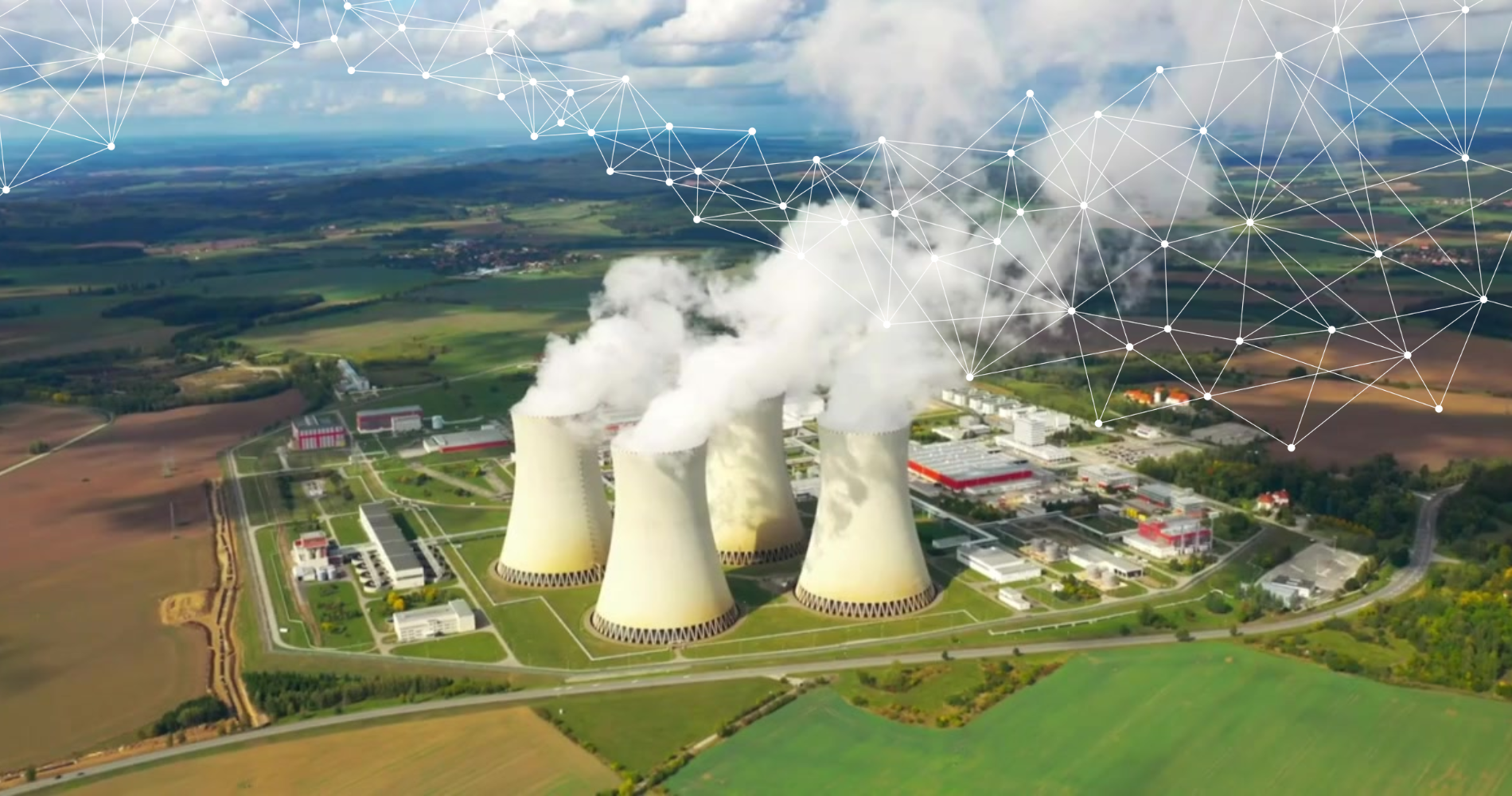Innovative solutions and technical excellence are synonymous with the vision of Naidu Consulting of “transforming lives one step at a time.”
The concept of “Glow in the Dark Concrete Polymers” stemmed from a simple brainstorming session and our innovative drive saw the concept materialise into a successful, working alternative to electrical lighting.
Polymer Composite specialist, Resocrete Composites was consulted and formulated the intricate process by which the polymer is infused into the polymer concrete.
This innovation is now being considered for its use as a safety measure for bridges and highway structures and to provide a guiding light to the rural communities as an alternative to costly electrical lighting systems.

Achieving photoluminescence in concrete has always been a challenge due to varying factors. However, advancements in this technology have been made by incorporating phosphorescent particles into polymer based concretes.
Phosphorescent particles have the ability to absorb natural or artificial light during the day and to release this stored energy at night in the form of visible light.
This absorption and emission of light is only possible through materials that allow light to pass through, hence the use of the polymer concrete. The phosphorescent particles, when combined with a polymer concrete, will cause the concrete to glow in the dark.
The luminosity is determined by charging the concrete during the day in natural or artificial light. After removal of the light source, the intensity of the light, is at its brightest and starts to decrease at a faster rate in the first two hours. Thereafter it stabilises and gradually decreases for the next 10 hours.

Effectively, there are 10 hours of visible light. As a result, the concrete will glow from 6pm in the evening to about 4am in the morning. This presents as an ideal source of light, as a safety measure, by improving sight distances for both drivers and pedestrians.
The illumination of photo-luminescent polymer concrete should not be confused with characteristics of traditional lighting. It will not light up an entire roadway or stairwell, but instead, aid in identification of critical areas during the night.
- Its application is vast:
- Making parapets on bridges visible.
- Lighting up walkways on pedestrian structures.
- Providing a guiding light on stairwells and corridors
- Illuminating the approaches to bridges on roadways.
- Providing an alternative to road markings on roadways.
- Improving visibility of signage\
- Aesthetic purposes in and around buildings and public recreational facilities

Electrical lighting of roads and bridges is often not feasible. This is due to the remoteness of the site; the issue of theft in the case of reflective plates and electrical cables, the lack of electrical infrastructure and the associated high cost. Lighting has therefore been eliminated on many bridges and roads.
Photo-luminescent polymer concrete is proving to be very beneficial:
- The product is environmentally friendly, limiting the use of cements and using recyclable materials. (It is a 95% Green-Build Material)
- It is an alternative energy/lighting source using renewable energy.
- It is not prone to theft as in the case of electrical cables; and,
- It is a long-term cost-effective product.
This technology is the first of its kind to be used as a safety measure on bridge parapets. The on-going research and development of this new and progressive material, as well as the testing and collaboration with the University of KwaZulu-Natal, has and will ensure that the luminescent optimisation and quality of Photo-luminescent concrete
will continue improving as further products are developed using this medium.
This new cutting-edge technology has recently been presented to the eThekwini Municipality, which resulted in its use for the first time in history, on the eZimbokodweni Pedestrian Bridge parapets. The bridge was designed by Naidu Consulting and constructed by main contractor AfroStructures. The Photo-Luminescent parapets used on the project were manufactured and supplied by sub-contractor Resocrete Composites.

The phosphorescent particles were integrally combined into the handrail and posts of the bridge as well as the footpaths leading to the bridge. It has since proven to be a very successful venture by improving night time visibility and safety on the pedestrian footpath and bridge.

The eZimbokodweni Pedestrian Pipe Bridge in Umlazi – Durban stands proud and will open a new door for the community of eZimbokodweni and the Philani Valley.

Photo-luminescent Concrete provides a mechanism by which bridges and highway structures, in the future become less dependent on electricity whilst increasing pedestrian and roadway safety.






















